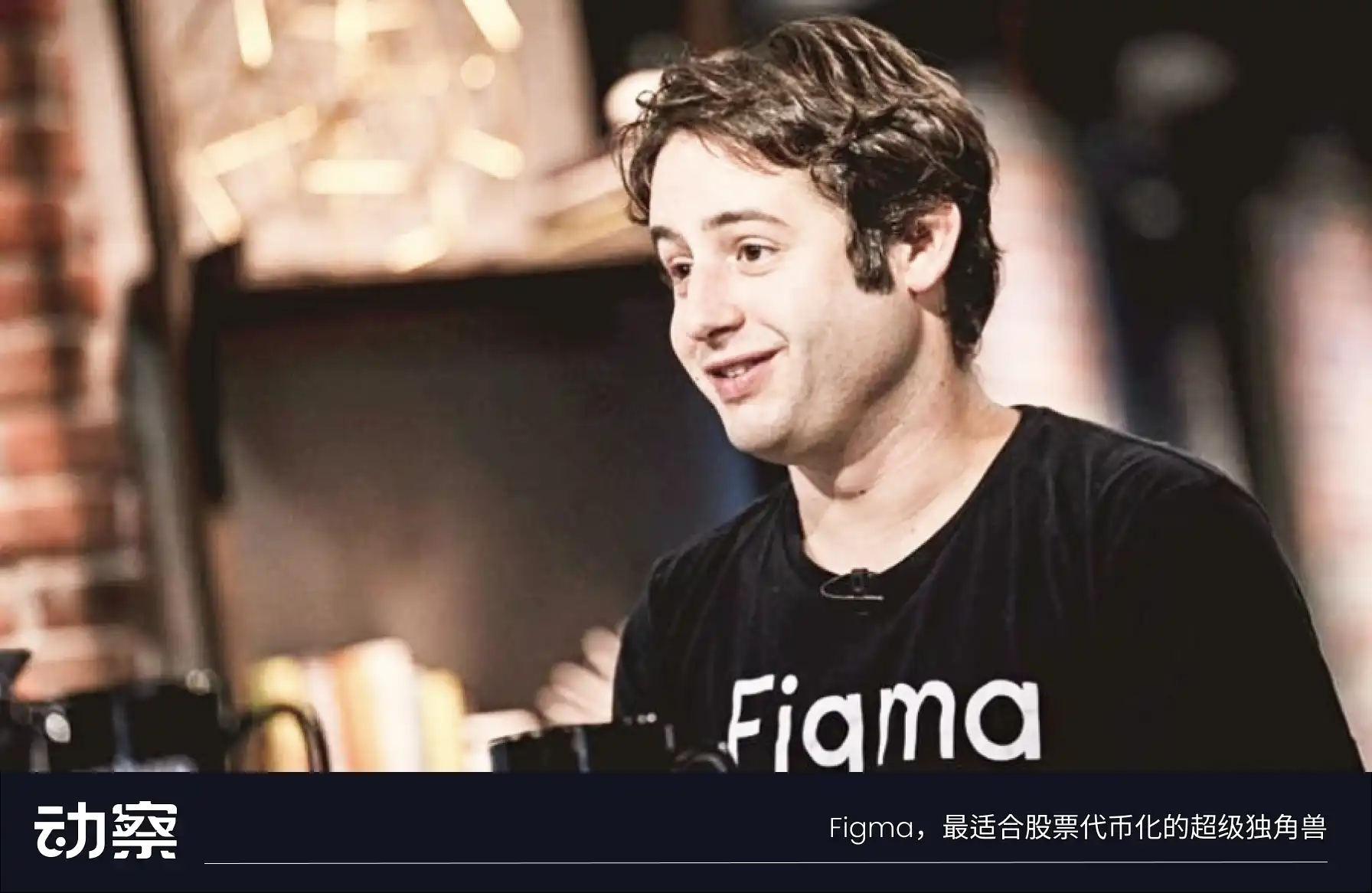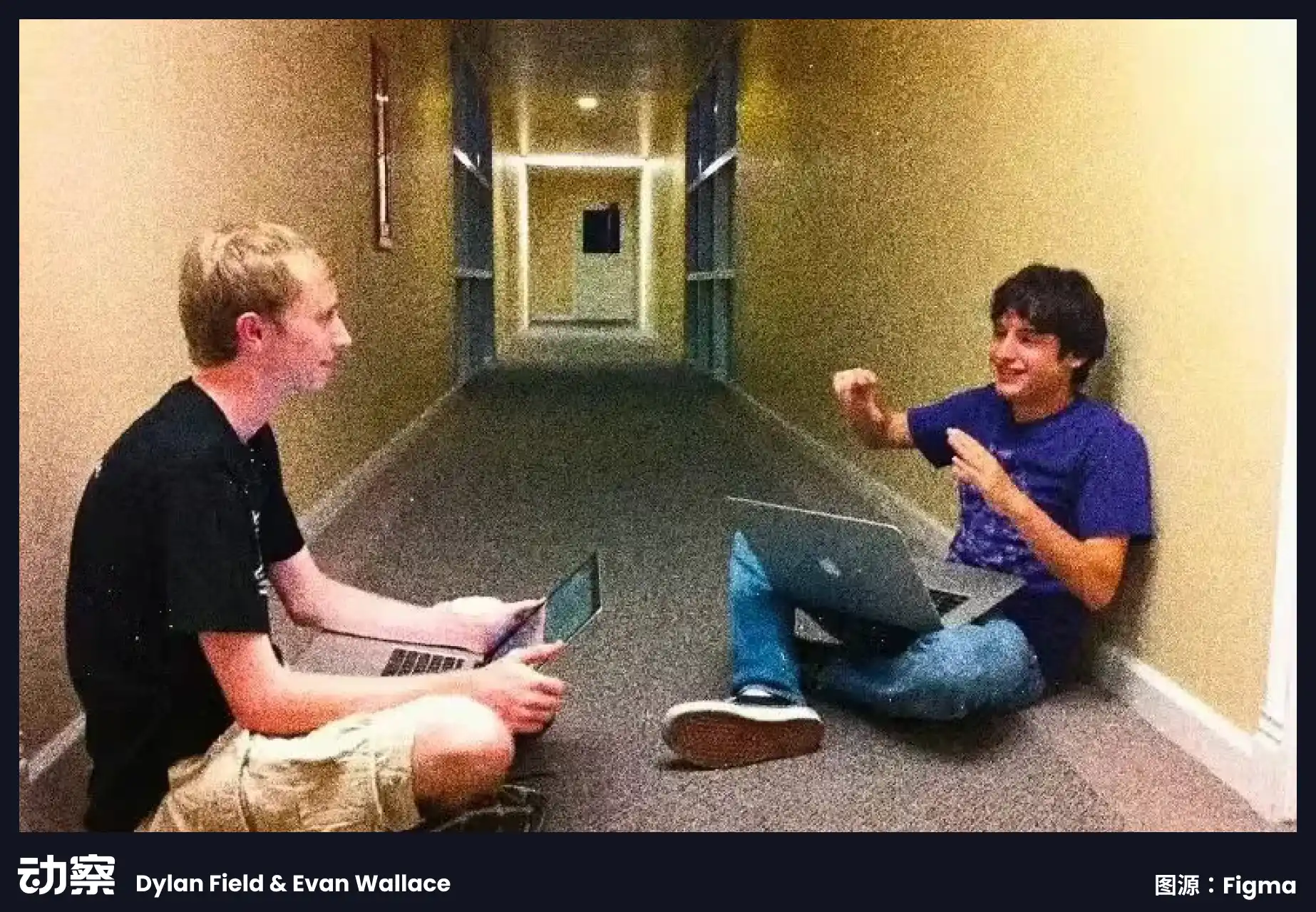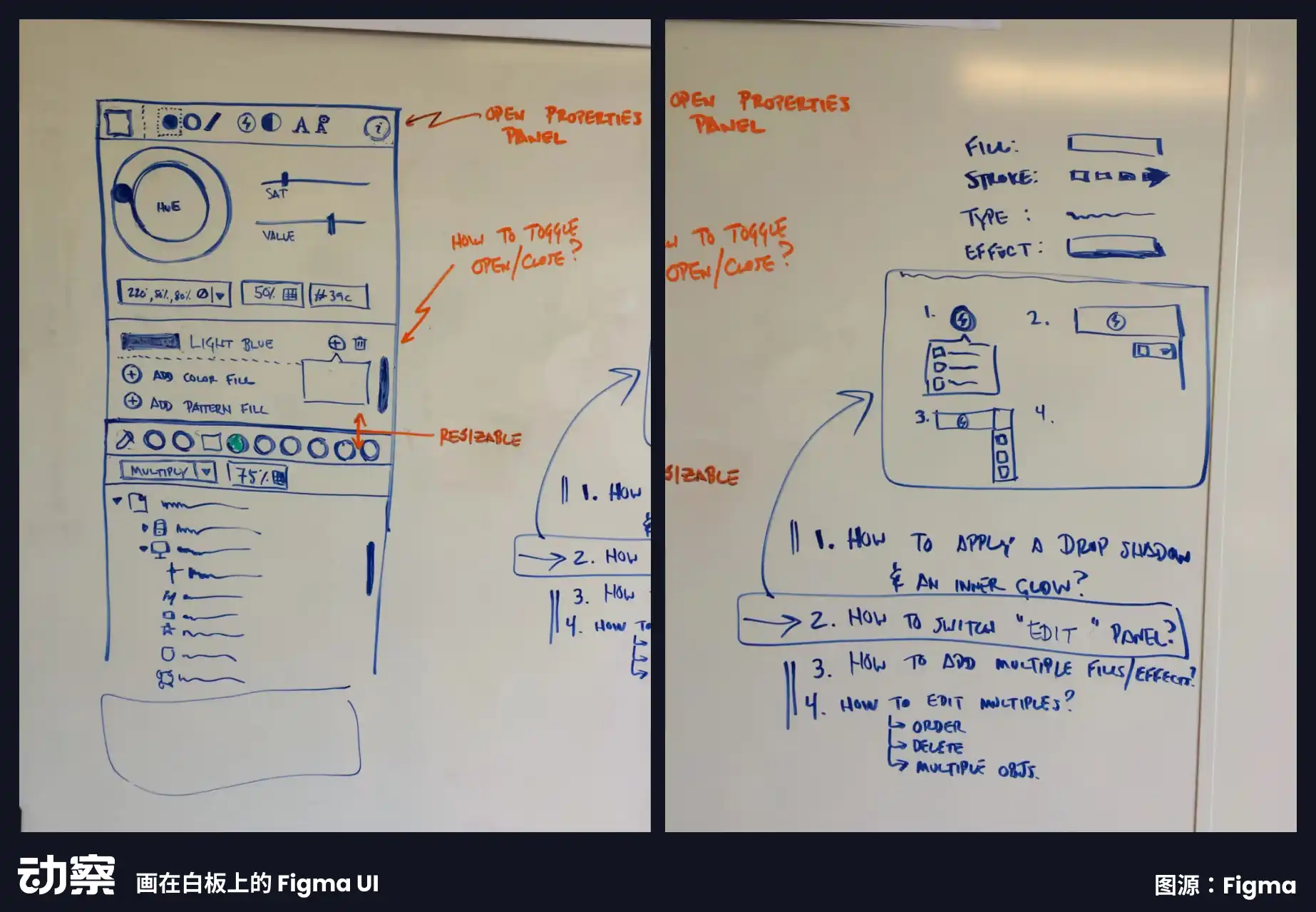

On July 31, the Silicon Valley design software giant will officially list on the New York Stock Exchange, co-managed by top investment banks including Morgan Stanley, Goldman Sachs, Allen & Company, and JPMorgan Chase, making it one of the most anticipated tech IPOs of 2025.
In the IPO prospectus submitted by Figma, one sentence caught our attention: the company has been authorized to issue "Blockchain Common Stock." This is the first time such a practice has been seen globally.
In fact, this is not Figma's first interaction with the crypto world. Previously, they included BTC ETFs on their balance sheet. Moreover, Figma's founder, Dylan Field, is one of the few Web2 entrepreneurs who paid attention to crypto trends early on. Therefore, this is not an opportunistic attempt but rather an expression of long-term optimism towards crypto.
The world's leading companies are proving through action that they are gradually embracing crypto technology. We should not underestimate this change. We want to re-examine this company from a more unique perspective: not only its valuation and growth curve but also its product philosophy and capital structure design.
And all of this revolves around one person—Dylan Field.
Who is Dylan Field?
In Silicon Valley, almost every sufficiently successful founder has to learn one thing: Becoming the Face of your company.
That is a face that knows when to speak and when to remain silent; a face accustomed to the media spotlight; a face that can say to the camera, "We are changing the world." People’s familiarity with this face sometimes even surpasses their memory of the products he founded.
Dylan Field does not belong to this category.
At first glance, it is hard to associate him with "Figma founder."
He is slightly overweight, dresses casually, and used to have slightly long curly hair, resembling Leonard from "The Big Bang Theory" when he takes off his glasses.
He actually used to be an actor.
His first time on stage was at the age of five. It was in an unremarkable small theater in California, in a venue converted from an old church, with lights flickering and the backdrop often falling to the ground. He was not chosen for his looks but because he "could sit quietly and recognized words."
In the following years, he intermittently took on several performances, had his own agent in both the Bay Area and Los Angeles, and even appeared in commercials for eToys and Windows XP.
His "acting career" came early and ended early, but it subtly influenced his life.
While other kids saw the stage as a starting point to stardom, Dylan remembered how everyone would tacitly change positions, move, and cue lines during rehearsal breaks. He said that was the first time he experienced "the power of collaboration," not based on how well one person performed, but whether everyone could be in sync in the same space, completing a performance together.
This hidden clue has run through his life ever since.
In high school, he began to dabble in programming, using Dreamweaver to help friends create websites. He was not like those teenage prodigies in Silicon Valley who created apps at a young age, nor did he write blogs about "how to create a hit product in three days." Later, he entered Brown University, where he considered other career paths, took some political science courses, contemplated a legal career, and even thought about returning to the entertainment industry.

In his junior year, he met Evan Wallace, who would become another co-founder of Figma.
Wallace was his classmate, a WebGL geek who created a browser rendering demo called Water, where the ripples flowed smoothly and naturally, which WIRED called "one of the most impressive WebGL demos."
Dylan was shocked. But what attracted him was not the visuals but the underlying logic: if graphics could be seamlessly rendered in a browser, could design also be done in a browser? Could collaboration also happen?
What came to his mind was that feeling during drama rehearsals—one step from you, one beat from me. Could design also be like a performance, without the need to transfer files or compare application versions, but instead, several cursors responding to each other on one page, flowing like rehearsals and performances?
In an era when everyone was talking about growth hacking, hit formulas, and viral marketing, this narrative sounded too "un-Silicon Valley."
However, years later, Figma became a collaboration platform valued at over a hundred billion dollars and eventually stepped onto the IPO stage.
In an era that encourages high stakes and narrative bets, why was it Dylan Field who brought Figma to be the last one standing?
Entrepreneurs Away from the Trend
Fast forward to 2012, Dylan Field received the "Thiel Fellowship" established by PayPal co-founder Peter Thiel, becoming one of the 20 "young people allowed to drop out" that year.
At the age of 20, he dropped out of Brown University, rented a studio in Silicon Valley with the $100,000 prize money, and prepared to start a business. However, at that time, he still did not know what to do.
This does not mean he had no ideas; rather, his ideas at the time were not very feasible. Drone traffic monitoring, graphic editing, animation generation… During that time, he could only try and guess, attempting to figure out what he was truly good at and find a direction that could actually work.
Dylan rarely mentions these failures. He is not the type to turn failures into turning points, nor is he interested in packaging early chaos as a "necessary path to growth." He simply noted the problems and continued moving forward.
There was one thing he never let go of: could the browser platform support more complex collaborative behaviors?
That was the thought he planted during his internship at Flipboard. During the internship, he first felt that the interface on the screen could be as smooth and elegant as a paper magazine. After that, he began to ponder: since the reading experience can be redesigned, can the collaboration experience also be redesigned?
That was not a popular direction. In those years, the trend was in mobile, with the App Store exploding, ride-hailing wars heating up, and growth hacking becoming a buzzword among investors. The browser seemed outdated, and "collaboration" was not a term that could tell a high-valuation story.
He did not chase trends but instead delved deep into "collaboration experience": how people work together, could that logic also be brought into the browser? Could it be designed like a system?
Although their direction was not finalized at that time, after numerous discussions and trial and error, "collaboration" had already become the logical starting point for their entrepreneurship, with all ideas revolving around "collaboration." It was like returning to the theater of childhood performances, where everyone was in the same space, stepping on the same rhythm, completing a performance together.
They gradually tightened their focus, starting to build Figma's framework step by step around "browser + real-time collaboration + UI design."

Dylan is not the type of person who can see the "endgame" early on. He did not shout about interstellar plans from Day 1 like Elon Musk, nor did he draw "closed-loop" ecosystems in decks like many entrepreneurs. He was more like someone doodling lines in the center of a blank page, only to discover that these lines actually formed a treasure map.
Another interesting coincidence is that two years after Dylan received the Thiel Fellowship, Ethereum founder Vitalik Buterin also received the Thiel Fellowship.
Vitalik went on-chain to redesign protocols; Dylan stayed in the browser to redefine collaboration. Two system thinkers entered the digital world from different angles, trying to answer the ancient question in different ways: how do we work together?
But Dylan did not make a sensational debut like Vitalik.
He did not have a stunning theory, nor did he stand on any trend. He simply thought about one question: why can't design software collaborate like the web? Why do we still rely on files, version numbers, and sending things back and forth? Why has no one changed this?
These questions are not sexy, do not tell a good story, and are hard to pitch to investors. But he felt that someone had to solve them. This was his reason for staying, and the reason for Figma's birth.
……
Read the full article on Dongcha Beating's WeChat Official Account
免责声明:本文章仅代表作者个人观点,不代表本平台的立场和观点。本文章仅供信息分享,不构成对任何人的任何投资建议。用户与作者之间的任何争议,与本平台无关。如网页中刊载的文章或图片涉及侵权,请提供相关的权利证明和身份证明发送邮件到support@aicoin.com,本平台相关工作人员将会进行核查。




